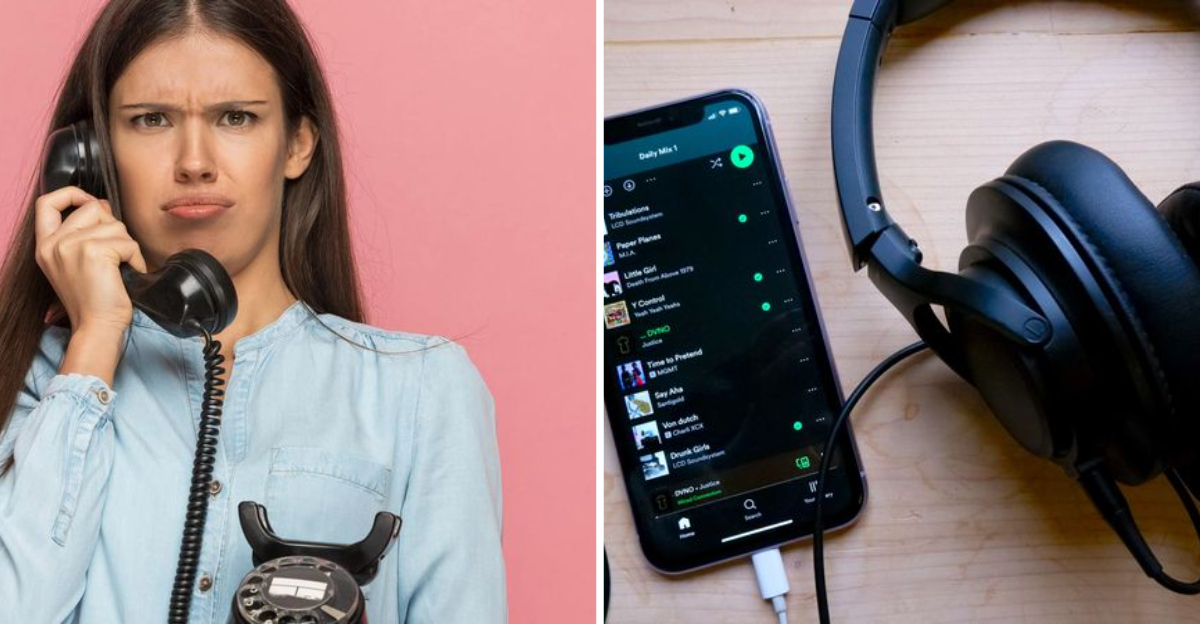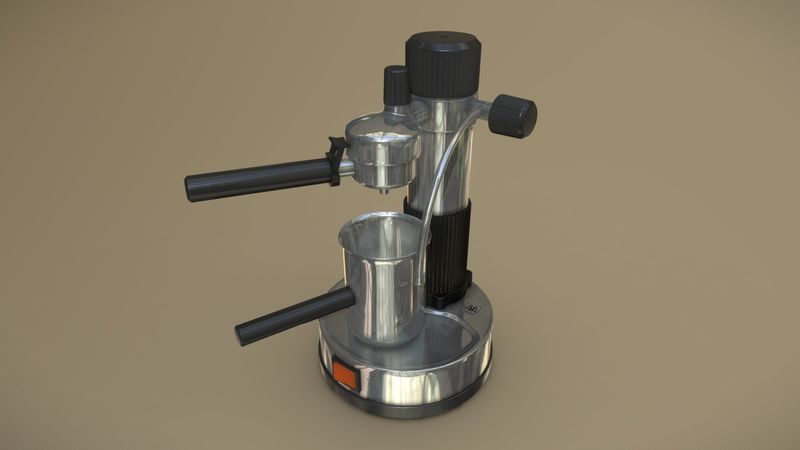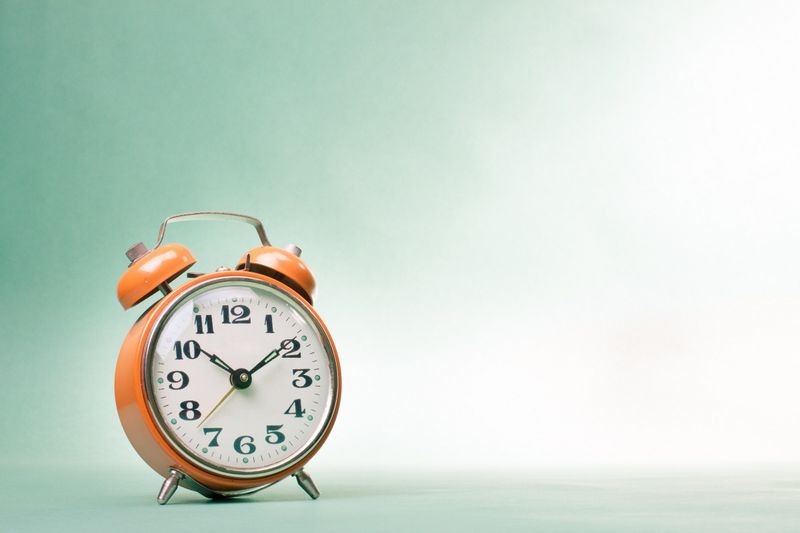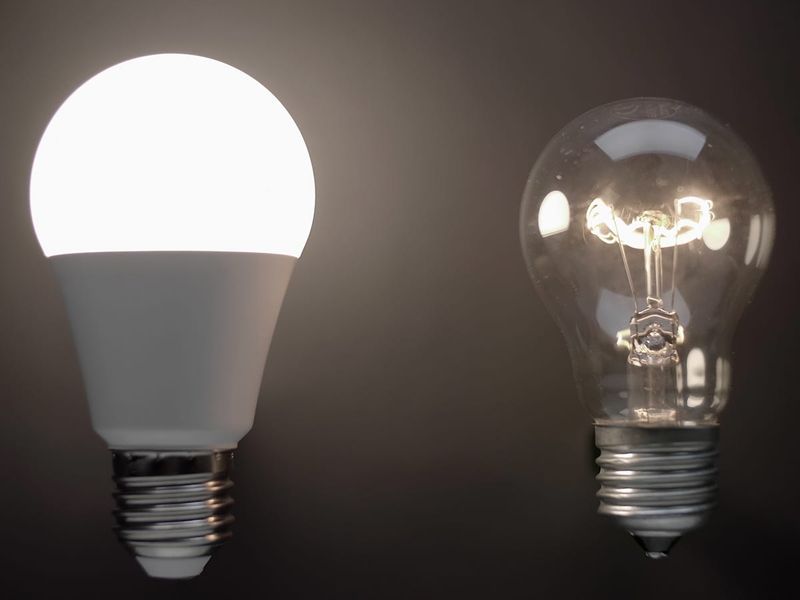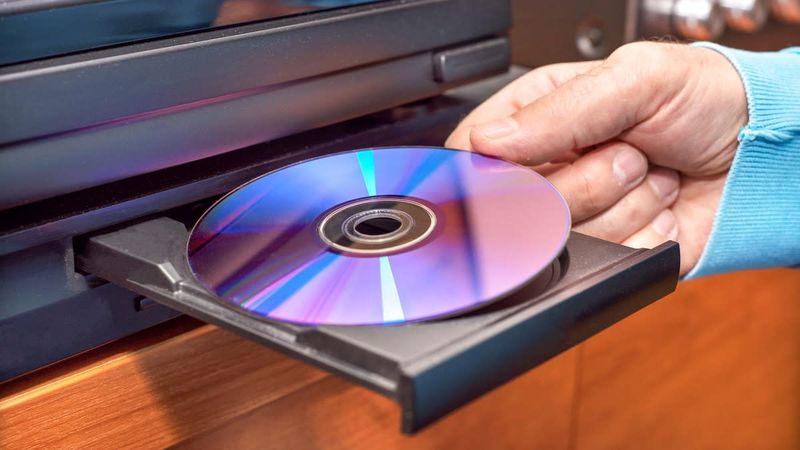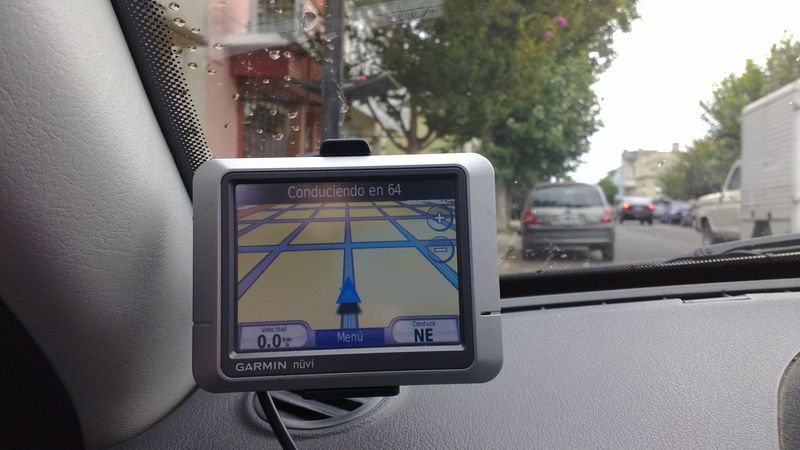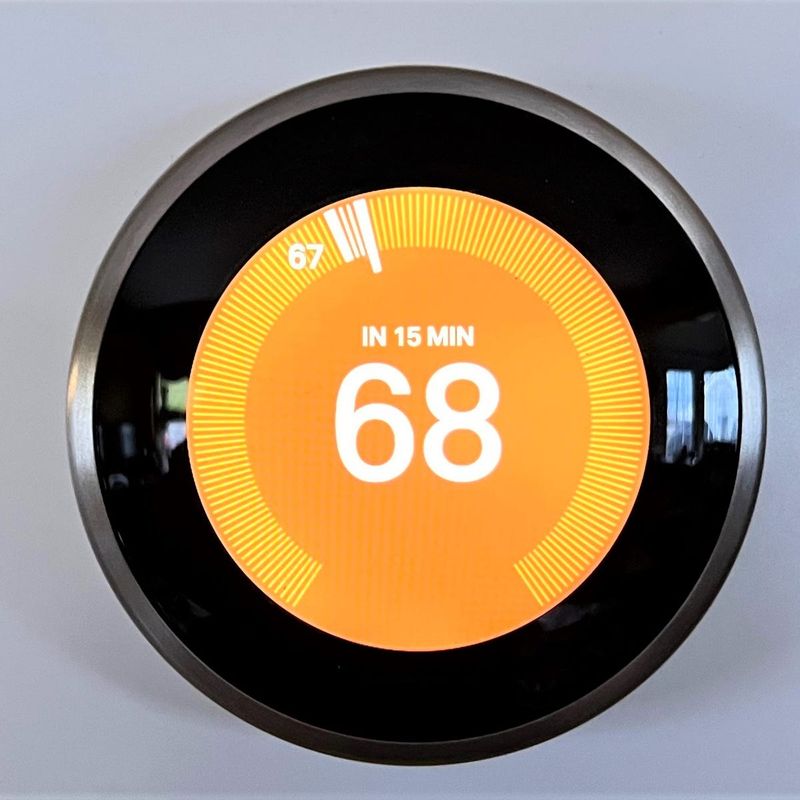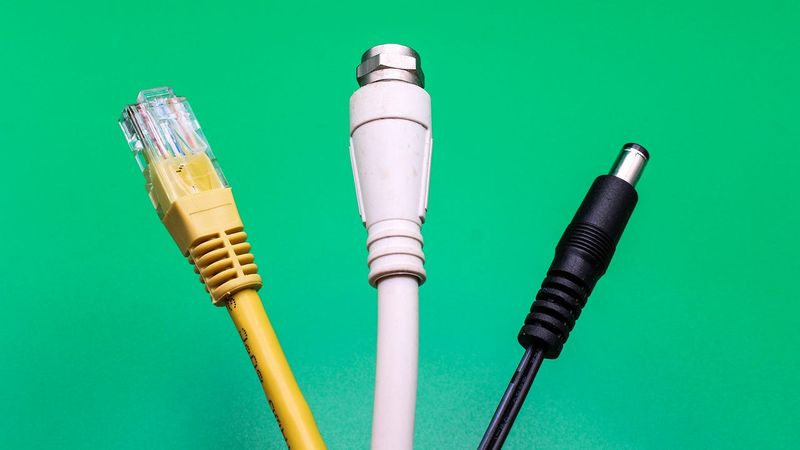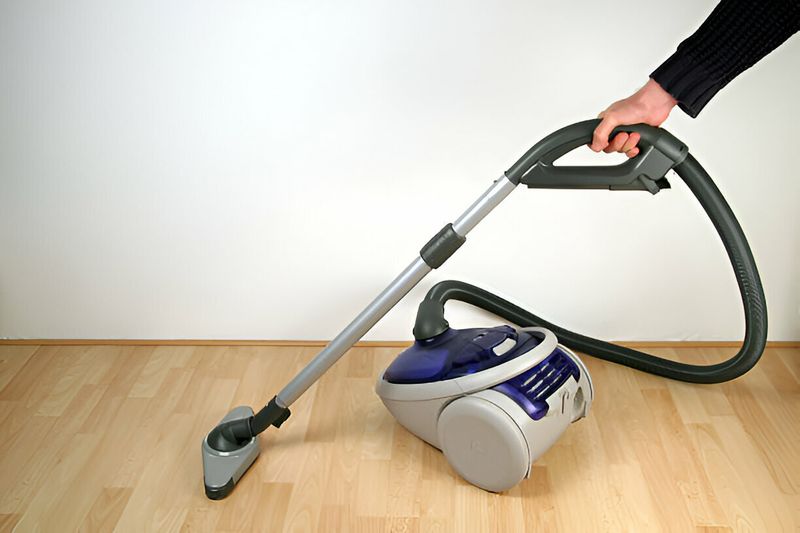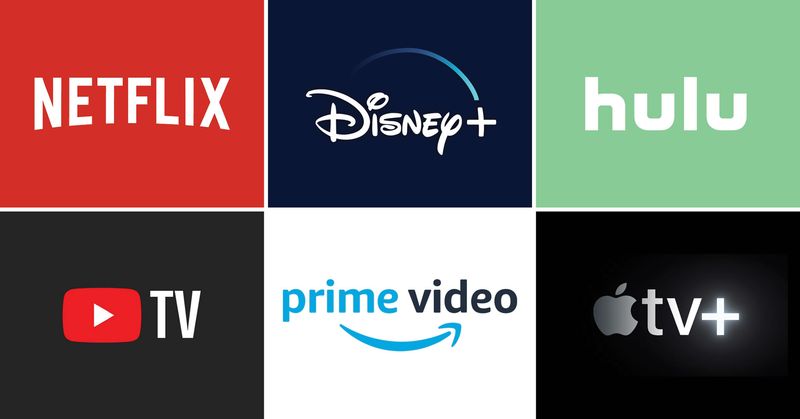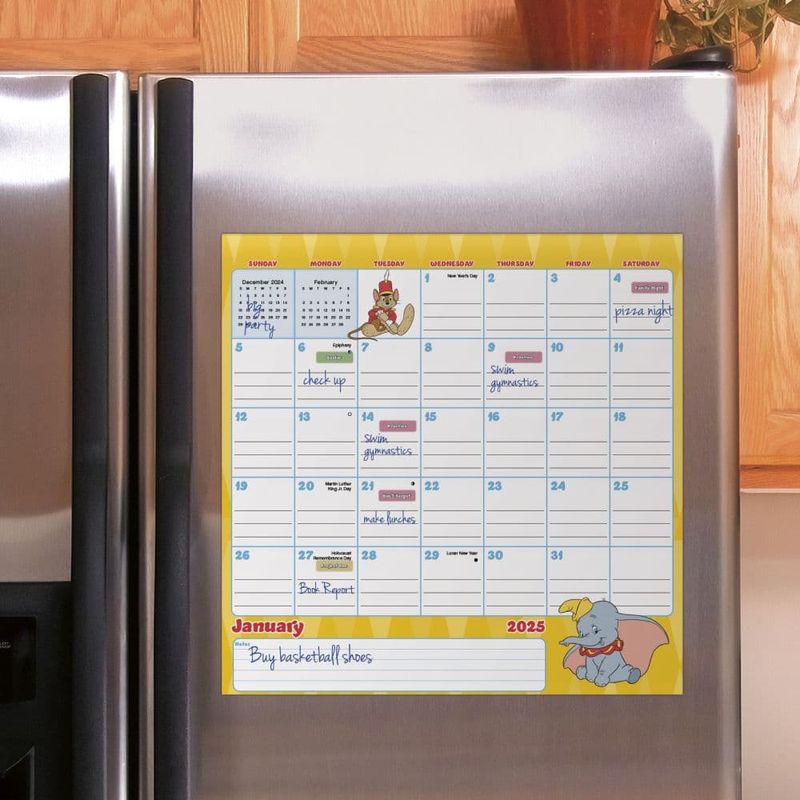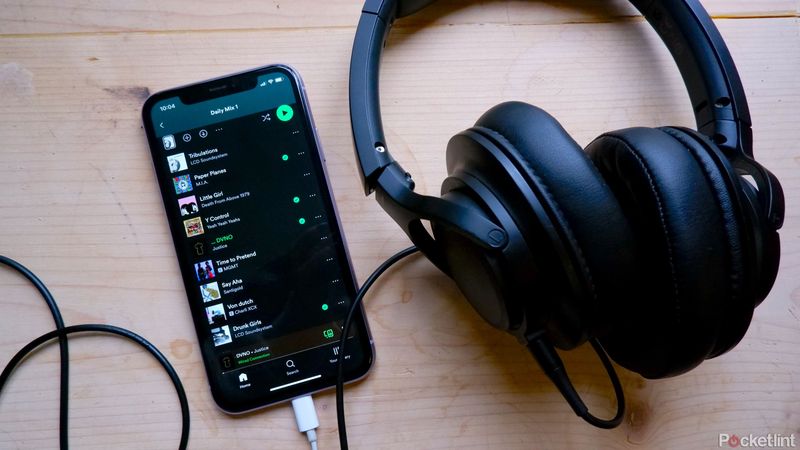As technology continues to evolve at a rapid pace, many traditional household items are on the verge of becoming obsolete. By 2030, innovations in design and function will lead to the disappearance of several familiar items from our homes. This blog post explores 15 household items that are expected to be phased out in favor of more efficient and modern solutions, offering a glimpse into what the future of living spaces might look like.
Landline Telephones
Landline telephones, once a staple in homes, are being replaced by mobile technology. With smartphones offering greater convenience, connectivity, and additional features, the traditional landline is becoming redundant.
By 2030, the need for a landline will diminish as more households fully transition to mobile-only communication. The infrastructure required to maintain landlines is also costly, pushing providers to phase them out.
Many younger generations have never even used a landline, marking a significant shift in communication habits. Say goodbye to the ring of the landline as it becomes a relic of the past.
Manual Coffee Makers
Manual coffee makers, such as French presses and percolators, are being replaced by smart coffee machines. These new appliances offer convenience, automation, and customization to suit everyone’s taste.
Busy lifestyles demand quick and efficient solutions, and smart coffee makers deliver by scheduling brews and ensuring consistent quality. By 2030, the manual process will be a nostalgic experience rather than a daily routine.
As technology continues to integrate into kitchens, the manual coffee maker will become more of a collector’s item than a household necessity.
Traditional Alarm Clocks
Traditional alarm clocks are being replaced by multifunctional devices like smartphones. With the ability to set multiple alarms, customize tones, and sync with calendars, smartphones offer a more versatile solution.
The compact design and additional features make them an attractive option, leading to a decline in the sale of traditional alarm clocks.
By 2030, these will be scarce as more individuals rely on digital means to manage their time and maintain their schedules. The familiar ringing of the old alarm clock will become a sound of the past.
Conventional Light Bulbs
Conventional incandescent light bulbs are gradually being phased out in favor of LED alternatives. LEDs offer greater energy efficiency, longer lifespan, and cost savings, making them a superior choice.
Government regulations and environmental awareness contribute to the decline of traditional bulbs. By 2030, LEDs will illuminate most households, reducing energy consumption and carbon footprint.
The warm glow of the incandescent bulb will be a memory, replaced by the versatile and sustainable lighting solutions offered by modern technology.
DVD Players
DVD players are becoming obsolete as streaming services dominate the entertainment landscape. With access to vast libraries of content, viewers no longer need physical media.
The convenience of on-demand viewing and the decline in DVD sales contribute to this trend. By 2030, DVD players will be rare, with digital platforms being the primary source of movies and TV shows.
The shift towards digital consumption reflects changing habits, as people favor instant access and minimal clutter in their living spaces.
Printed Newspapers
Printed newspapers are being replaced by digital news platforms, offering real-time updates and interactive content. The shift is driven by environmental concerns, cost savings, and consumer preference for immediacy.
By 2030, the morning ritual of flipping through a newspaper will be largely digital, as publications focus on online editions.
While some may miss the tactile experience of paper, the benefits of digital news, including accessibility and multimedia integration, are undeniable. Traditional newspapers will become collector’s items, cherished by few but used by none.
Standalone GPS Devices
Standalone GPS devices are being phased out as smartphones and integrated car systems offer more advanced navigation features. The convenience of having maps and real-time updates in one device is unmatched.
By 2030, most vehicles will come with built-in navigation, making standalone units redundant. The technology has evolved to provide more accurate and user-friendly guidance.
Drivers will prefer the seamless experience provided by integrated systems over carrying an additional device. Standalone GPS units will fade into obscurity, a testament to rapid technological advancement.
Analog Thermostats
Analog thermostats are being replaced by smart thermostats that offer remote control and energy-saving features. As homeowners seek to reduce energy costs, smart technology provides a solution.
By 2030, traditional thermostats will be rare as smart systems become standard in homes. These modern devices learn user preferences and adjust settings automatically, enhancing comfort and efficiency.
The shift towards digital control reflects a broader trend of automation in household management, leaving analog thermostats as outdated relics.
Printed Photo Albums
Once cherished as keepsakes, printed photo albums are being eclipsed by digital photo frames and cloud storage. With everything going digital, flipping through physical pages is becoming a rarity. Instead, high-resolution screens display entire collections at the touch of a button.
The shift to digital has been driven by convenience and accessibility. Cloud storage solutions keep memories safe and easy to share. As a result, the demand for physical albums has sharply declined, and they may soon be an obsolete artifact.
For those who hold nostalgia, consider digitizing old albums to preserve memories. This way, you keep your memories intact while embracing the future of digital photo management.
Wired Internet Connections
Wired internet connections are giving way to wireless technology that offers flexibility and convenience. With advancements in Wi-Fi, the need for cables is diminishing.
By 2030, most homes will rely on wireless connections, eliminating the clutter and limitations of wired setups. The rise of smart devices and the Internet of Things further support this trend.
As connectivity becomes more seamless, traditional ethernet cables will become a thing of the past, remembered only in tech museums and nostalgic conversations.
Traditional Vacuum Cleaners
Traditional vacuum cleaners are being replaced by robotic models that offer convenience and efficiency. These smart devices clean autonomously, saving time and effort.
By 2030, robotic vacuums will dominate the market, with traditional models becoming rare. The technology has advanced to handle different floor types and obstacles.
The shift towards automation in household chores reflects changing lifestyles, where time-saving solutions are valued. Traditional vacuums will become an icon of the past, as smart technology takes over cleaning duties.
Ironing Boards
Ironing boards are being replaced by garment steamers that offer a quicker and easier way to de-wrinkle clothes. The demand for efficiency and convenience drives this change.
By 2030, traditional ironing will be less common as more people opt for steaming, which is gentler on fabrics and requires less space.
This shift reflects a broader trend towards simplification in household tasks, where innovative solutions supersede traditional methods. Ironing boards will become a rare sight, as compact and versatile steamers take their place.
Cable TV Subscriptions
Cable TV subscriptions are declining as streaming services offer more flexibility, choice, and affordability. The ability to watch content on demand appeals to modern viewers.
By 2030, cable TV will be a rarity, with streaming platforms becoming the primary source of entertainment. This trend reflects a shift in consumer preferences towards personalized viewing experiences.
The traditional cable box will join the ranks of obsolete technology, as households embrace the freedom and diversity offered by streaming services.
Traditional Wall Calendars
Traditional wall calendars, once a staple in homes, are being outpaced by digital calendars and smart home devices. The convenience of syncing calendars across multiple devices makes physical ones redundant. Now, your plans are accessible on smartphones, tablets, and voice-activated devices.
The digital shift offers features such as reminders, alerts, and seamless updates. This interconnectivity enhances productivity and organization, leaving traditional paper calendars as decorative rather than functional.
However, some people still appreciate the visual appeal of wall calendars. Consider using them for aesthetic purposes or as art pieces while transitioning to digital scheduling.
Wired Headphones
Wired headphones are being phased out as wireless earbuds gain popularity for their convenience and advanced features. The freedom from cables is a significant advantage.
By 2030, wireless technology will dominate the audio market, with wired options becoming increasingly rare. The trend is driven by consumer demand for seamless connectivity and improved sound quality.
Wired headphones will be a nostalgic memory, as wireless solutions provide a more enjoyable and hassle-free listening experience. The shift reflects broader technological advancements and changing user preferences.
